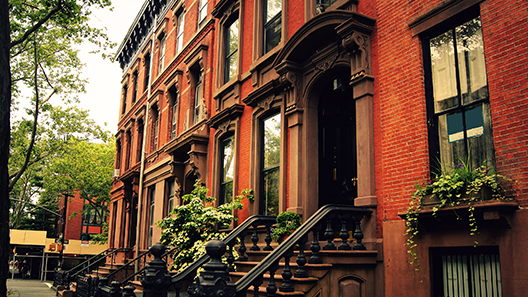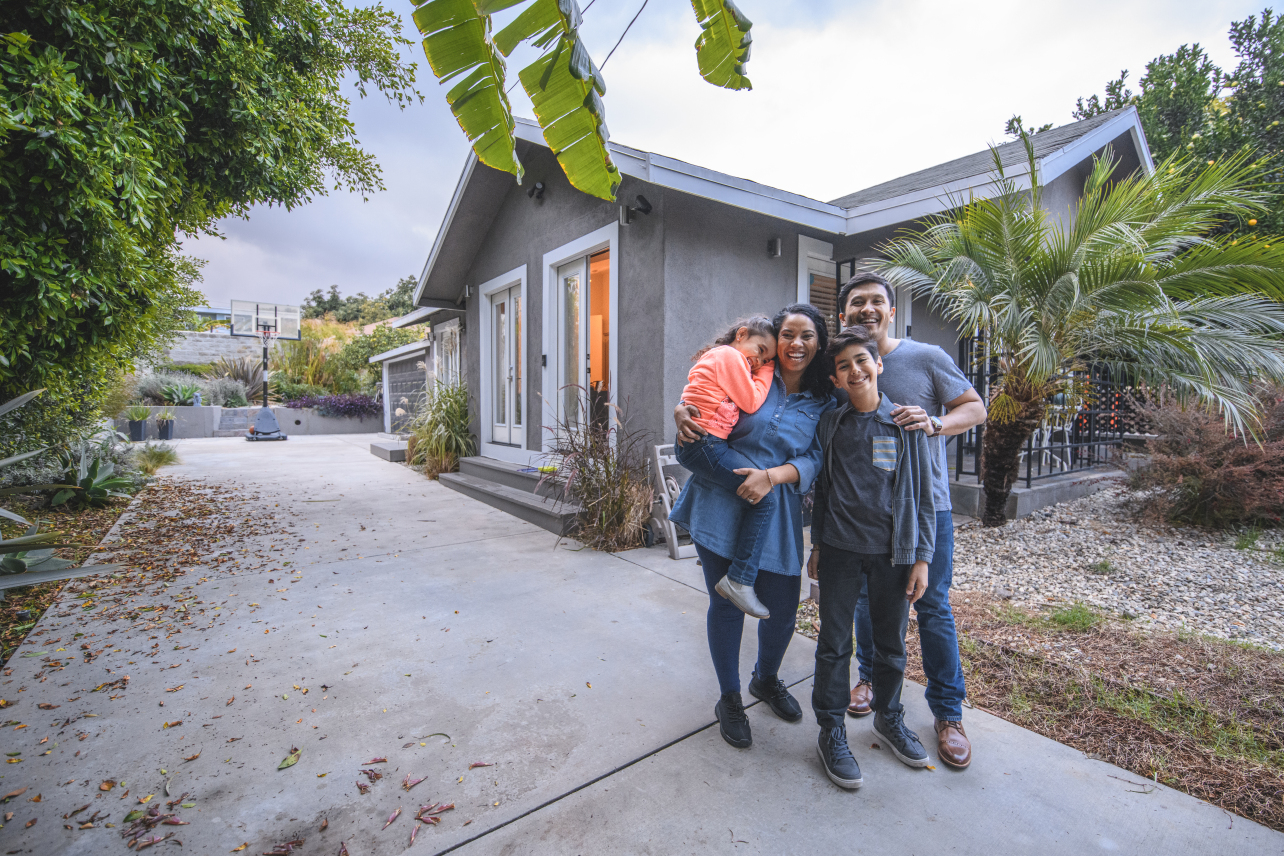When you set out to buy a home, the financial side of the process can be overwhelming, for first-time homebuyers and seasoned real estate investors. The truth is, there is a lot to know.
According to OptimalBlue, the median down payment of a single-family home was $28,300 in June of 2021, but this number can vary from state to state. Furthermore, according to a survey conducted by the National Association of Realtors in 2020, the median down payment percentage was 12% of the home’s value. Everyone’s situation is different, so don’t let these numbers scare you.
One of the best pieces of financial advice for anyone who wants a home soon or later in life is to save, save, save. When you’re ready to buy a home, you’ll be happy that you did.

What is a Down Payment?
A down payment is a percentage of the home’s purchase price that is paid in full at closing, upfront. (Hence why building up your savings is so important!) Additionally, it’s important to note that the amount a home buyer is required to put down varies by loan type.
Down Payment Options
It’s one of the first questions many home buyers have on their journey to homeownership: “How much money do I need for a down payment?” The short answer is it depends. When a lender reviews your finances to determine the best financing solution for you, the down payment amount is a huge factor. The amount you put down impacts the loan type, interest rate and other loan costs.
Conventional Home Loan
First, let’s go over what a conventional loan is. Conventional loans are not insured or guaranteed by the government and are instead backed by private lenders. With this type of loan, it’s standard for lenders to require a 5% minimum down payment. Typically, a lender requires the borrower to obtain mortgage insurance (MI) unless the borrower puts 20% down.
VA Loan
A VA loan is a loan guaranteed by the United States Department of Veteran Affairs. Designed for active-duty military, veterans and their families, this loan requires zero money down. While standard mortgage insurance is not required, the Funding Fee is specific to VA loans, and is paid upfront. For purchase loans, the one-time fee usually ranges from 1.4% to 3.6% of the loan amount, depending on a variety of factors.
FHA Loan
A loan backed by the Federal Housing Agency (FHA) requires a low down payment of 3.5%. Mortgage insurance (MI) is also required.
Fannie Mae HomeReady® Loan*
A type of conventional loan designed to provide affordable mortgages to borrowers with low-to-moderate income, with Fannie Mae HomeReady, home buyers can realize their homeownership dreams with as little as 3% down.
Freddie Mac Home Possible® Loan**
Another type of conventional loan, Freddie Mac Home Possible® offers flexible, expanded guidelines, and requires a low down payment of 3%.
Find Your Loan Today!
How Much You Should Put Down on a House
While it’s always best to meet with a loan officer to get an idea of how much house you can afford as well as the loans that make the most sense for you, they can also help you determine an ideal down payment amount.
Before meeting with a loan officer, you can determine how much money you feel comfortable putting down by combing through your finances.
Start by totaling up your down payment funds – savings, investments, a gift fund from a relative. Determine how much you want to keep for savings, costs of furnishing the home, any renovations and an emergency fund (many borrowers aim for 3-6 months’ worth of housing expenses). After your subtractions, you likely will end up with an amount that is comfortable for you.
Note: In addition to the down payment, there are other additional costs of buying a home to keep in mind. Read about other mortgage costs here.
Bigger Payment
Depending on the loan program, the down payment requirement can range from no money down all the way up to 20%. When a borrower chooses a lower down payment, the monthly mortgage payment is higher (simply because with less money down towards the mortgage, there’s a higher balance to pay back over the life of the loan).
Lower Payment
While the loan may have a minimum down payment requirement, you can choose to put more than the requirement down. Generally, when a borrower puts more money down, a lender may be able to offer a lower interest rate, which can save you money in the long run. And since more money down means less money owed over the life of the loan, as a result, the monthly mortgage payment is lower. Weighing the pros and cons of money saved vs. money spent each month can help you decide on how much to put down.
When it comes to securing home financing, know that there are a variety of options. Whether you’re in a position to buy now or want to gather as much information to prepare for the time to come, familiarizing yourself with down payment requirements can help you make an informed decision when the time is right for you.
* HomeReady is a trademark of Federal National Mortgage Association
** Home Possible is a trademark of Federal National Mortgage Association



